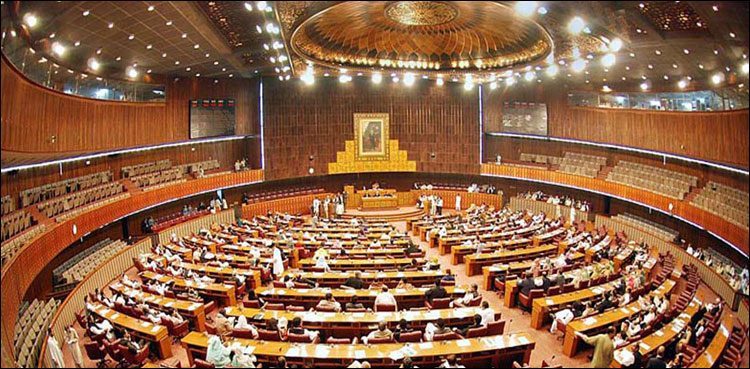By: Jahangir Jamil
Globalization and open trade policies are immensely encouraged by economic theories. But, since globalization has maneuvered around the globe, the spillover effect has emerged. Giant economies benefit from the spillover effect over the struggling ones. The spillover effect refers to a higher trade ratio in comparison to the international trading partner. The spillover effect negatively affects the nation which incurs it. The USA and China, the giant economies, have dominance in trade in the current world. Trading with them usually has a spillover effect for the other country.
The trade deficit in Pakistan was PKR 0.46 billion for the month of February 2023. Pakistan has faced spillover effects mainly, from six countries in 2023. The following are China, India, United Arab Emirates, Saudi Arabia, Kuwait, and Malaysia. It had a surplus in trade in comparison to Afghanistan, Germany, and the United Kingdom.
Pakistan’s economy is consistent, sailing against the wind regarding international trade. The trade deficit was 31.11 billion USD for the year 2021, 24.39 billion USD in 2020, and 32.49 billion in 2019, the results were much deplorable in 2018 facing a 37.26 billion USD trade deficit. And the results were also deterring in 2017, facing a trade deficit of 30.63 billion USD. According to macrotrend.net, Pakistan is getting it much tough to cope with the hurdles of international trade. The country is facing a trade deficit since 1960 which is jaw-dropping.
Considering that, the foreign reserve ratio is in turmoil as usual. In the time span of the last year, the foreign reserve ratio has drastically plunged. In February 2022, the foreign reserve ratio was 22637.800 Million USD which dwindled to appalling situations and equaled 8393.700 Million USD in 2023. The trade balance has a direct influence on foreign exchange reserve ratio. The experiences of trade balance have not been in fine condition. Thereby, the economy is struggling for the US Dollar, the medium of international trade.
Having low levels of foreign exchange reserves, the country has to put forward the borrowing bowl to either the IMF or the countries like China, the USA, Saudi Arabia etc. In order that keeps the wheels of the economy moving because the country has never been self-sufficient. Even, the situation of international dependency is worsening day after the other. Such situations give birth to certain other linked issues: inflation, unemployment, and poverty.
The situation is no different in Pakistan today. Inflation has precipitously increased to unprecedented levels. Pakistan’s inflation was recorded as 31. 5 percent in February 2023 which is the highest since 1974. The trending hike of inflation has caused multinational companies to shut down their businesses in Pakistan. Such examples are: Suzuki Motor Corporation announced to shut down its business on 21st February in hardship of parts shortage due to inflation. Gandhara Tyre and Rubber Company announced to shut its plant on 13 February 2023. Inflation in Pakistan has jumped to an unacceptable level for the masses. Life has turned out to be intensely worrisome for the populace.
International dependency has steered the economy from the bad to the worse and led it from the worse to the worst. Having faced these all happenings, the unemployment rate is also expected to grow in favor of the odds from 6.2 to 6.4 by the end of 2023 and to 8.5 in 2024. According to the data from the World Bank, the poverty incidence was 39.8 percent in 2018. It was 39.3 percent in FY 2021-22. It is projected to be 42. 5 percent in FY 2023-24.
One way or the other, international dependency, spillover effect, or trade deficit are the major causes behind this whole scenario. The country must solicit self-sufficiency. At least, the rope of the economy will not in the hands of the US Dollar.
The writer is a student of MBE at BZU



